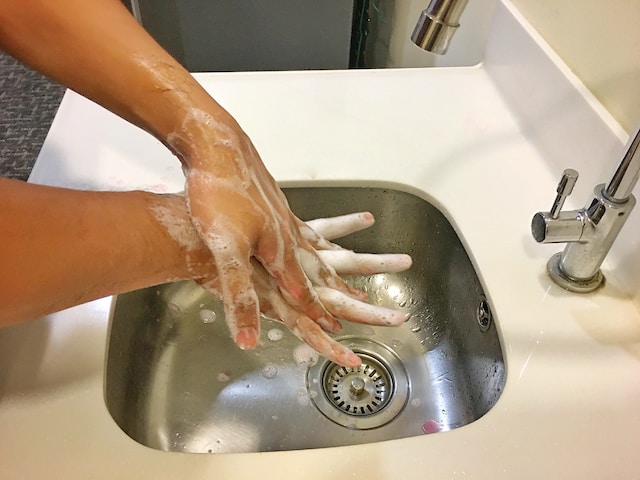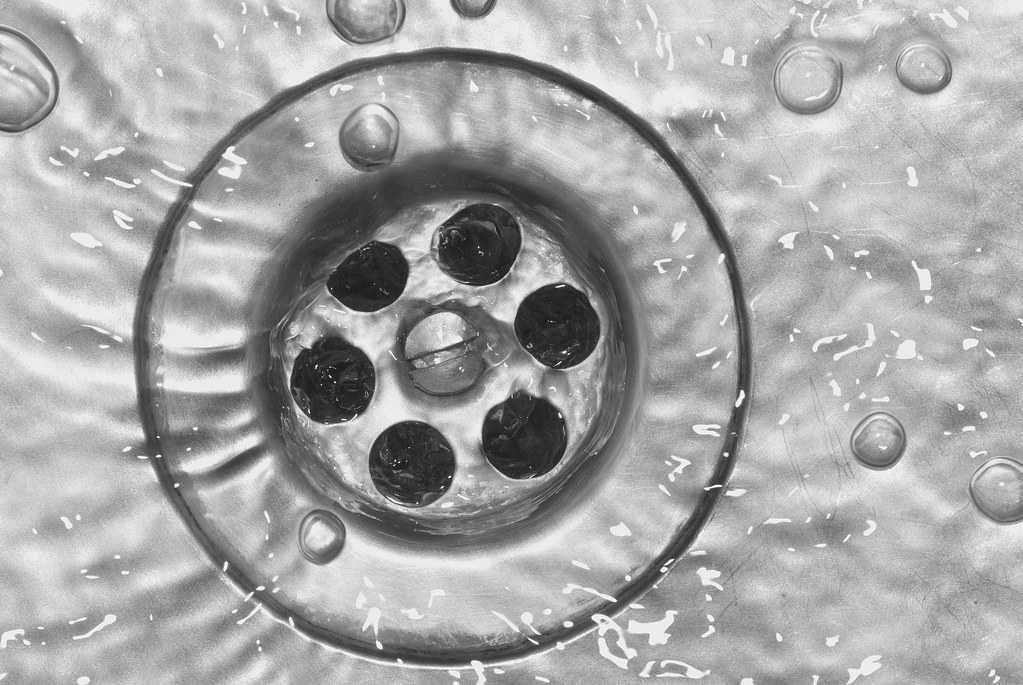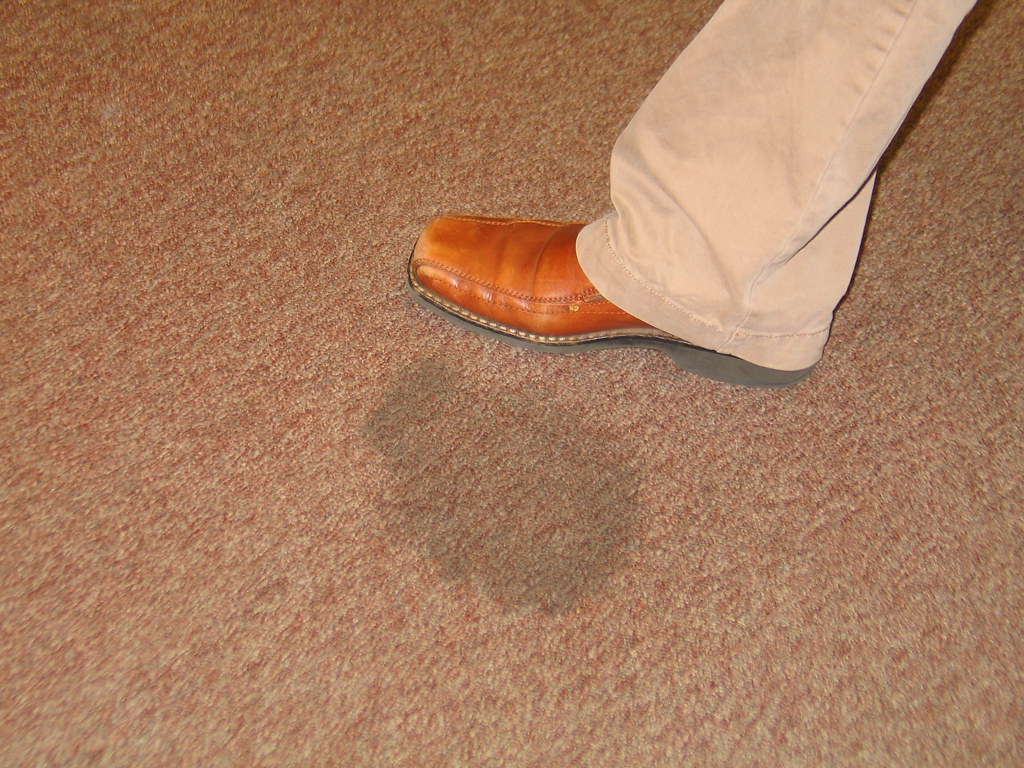Here is something all cleaning contractors need to know: how your janitorial closet looks is a major reflection on you. A messy, soiled, unorganized janitorial closet tells your client the service they may be getting from your staff may need to be better, more organized, and more efficient.
Further, a soiled, unorganized janitorial closet is a morale downer. It makes no one proud, and most specifically, your workers. And one more thing, it can be dangerous for both your crew and building users.
So, how can we set things straight?
How can we make your janitorial closet safe and clean, impress your clients, and be a morale booster for your staff?
The first thing we need to do is remove everything from the closet.
Boxes, tools, hardware, products, cleaning solutions, whatever is in their needs to come out.
Then we must clean the closet from top to bottom. Often cleaning solutions get spilled on walls. This means the walls must be cleaned. Along with that, all the shelves must be cleaned, the closet door, and the floor.
The next step is the most important when it comes to safety. We must eliminate all those products, especially cleaning solutions, that we use sparingly or have not used in the past week.
Yes, you read that right, and this is especially true of cleaning solutions. If you are not using the product each week, it must be stored elsewhere.
Here’s why:
- When multiple cleaning solutions are stored in the closet, there is an increased likelihood that the fumes from one product will harmfully interact with the fumes from another. We all know the classic example. Just inhaling the fumes from bleach or ammonia alone can be harmful, but mixed together can be deadly.
- Storing multiple cleaning solutions increases the chance that the wrong cleaning solution will be selected for the task at hand.
- The more cleaning solutions stored the more training is required. This is especially true of traditional cleaning solutions, which must be diluted and used correctly to be safe and effective.
- Plain and simple, storing products not used in the past week creates clutter and takes up valuable closet space.
How do we reduce the number of cleaning products and cleaning solutions in the closet?
Look at each item and determine how often it is used. If not weekly, keep it in a separate closet.
Also, and especially important, eliminate products used for the same or similar purpose. This happens so often. It’s costly and increases the chances that accidents can happen.
This is one reason many cleaning contractors are switching to citric-acid-based cleaning solutions.
The LEXX® Liquid Disinfectant & Cleaner Concentrate can be used on a variety of surfaces, including plastics, glass, stainless steel sinks, floors, and walls. The food service industry even uses it to clean ice trays.
Shelving and Labels
Once you have selected the cleaning products and solutions that will be used every week, shelve them together based on use. For instance, disinfectants should be stored on one shelf—sanitizers on another. Again, using a citric-acid-based cleaning solution typically means that only one product will be on each shelf. Others may be stored on the shelf if used for specific purposes regularly.
Each shelf should be labeled in English and Spanish, as should each cleaning solution. Make sure these labels are clear and easy to read.
And one more thing.
Because there is so much bending when performing cleaning work, store these products, so they are easy to reach – no bending necessary.
Going Greener
Along with eliminating cleaning solutions not used on a weekly basis and those that can be replaced with just one cleaning solution, organizing your janitorial closet is a perfect time to start going greener.
Greener cleaning solutions are invariably safer to use, safer for building users, and safer for the environment. Once again, this is a reason many contractors are switching to environmentally friendly citric-acid-based cleaning solutions. They are safe and effective.






